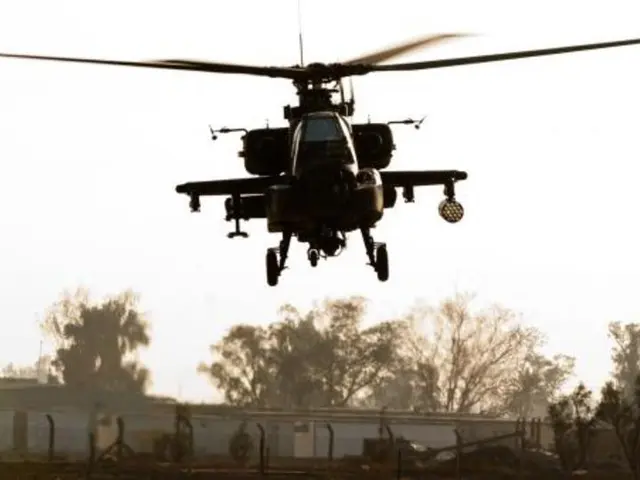Seventy corpses discovered post-flood event in Kashmir region
In a series of devastating events, the regions of Pakistan-Administered Kashmir, Khyber Pakhtunkhwa (KP), and other parts of the country have been battered by severe monsoon impacts, resulting in numerous casualties and widespread damage.
The hardest-hit areas include Pakistan-Administered Kashmir, where at least 22 deaths have been reported due to cloudbursts and flash floods, causing unprecedented destruction [1]. Khyber Pakhtunkhwa (KP) has also suffered significantly, with flash floods causing substantial casualties and infrastructure damage in localities such as Swat, Abbottabad, Charsadda, Malakand, Shangla, Lower Dir, and Torghar [2][5].
The cumulative death toll from rain-related incidents in Pakistan has risen to at least 785 since late June, with KP reporting the highest number of fatalities, at 469 [4]. Buner District alone has reported 157 deaths as of mid-August [3].
Authorities have declared a state of emergency in severely affected areas like Buner and mobilized resources to assist those in need, with ongoing rescue operations [3]. The National Disaster Management Authority (NDMA) is coordinating relief efforts across the country [4].
The monsoon season has seen rainfall that is significantly higher than expected, with localized cloudbursts causing more damage than widespread rain [1]. Predictions suggest that the region may face even more severe monsoon impacts in 2026, with increased frequency and intensity of monsoon spells [1]. This raises concerns about the risk of flooding in urban and low-lying areas and landslides in mountainous regions, particularly due to heavy rains expected until August 30 [4].
The exact number of missing individuals in northern Pakistan is unknown. Floods and landslides occurred in the Kishtwar district, near the village of Chositi, and a village on a pilgrimage route, where pilgrims were having lunch [6]. Rescue teams are searching for many missing persons in northern Pakistan, with around 170 individuals having been rescued so far [7].
The bad weather is hampering rescue efforts in the Kashmir flood disaster area, and the floods and landslides occurred in the Indian-controlled part of Kashmir, where more than 40 people have died [8]. The death toll in the Indian-controlled Kashmir floods has risen to at least 50 [9]. Military units are assisting in the rescue operations in Kashmir, and many of the rescued individuals are severely injured [7].
Bilal Faizi, a spokesperson for the local rescue agency in Pakistan, stated that they are trying to rescue possibly several dozen, if not hundreds, of people [10]. Meanwhile, heavy rainfall and flash floods in northern Pakistan have caused significant damage, with reports indicating that temporary kitchen tents in the village were swept away during the flood on Thursday [11]. Rescuers fear the death toll could rise further due to the large affected area.
In light of these events, it is crucial for international aid to be mobilized to support the affected regions in Pakistan, ensuring the provision of essential supplies, medical care, and resources for those in need.
In addition to the devastating impacts of severe monsoon weather in Pakistan, there has been an increase in general-news stories related to crime and justice, specifically accidents. For instance, the bad weather is hampering rescue efforts in the Kashmir flood disaster area, and some accidents have occurred due to the adverse weather conditions, such as flash floods sweeping away temporary kitchen tents in northern Pakistan. Furthermore, as authorities are mobilizing resources to assist those affected by the weather-related incidents, they are also working to address crimes and justice issues, with ongoing rescue operations aiming to locate and save missing individuals.








